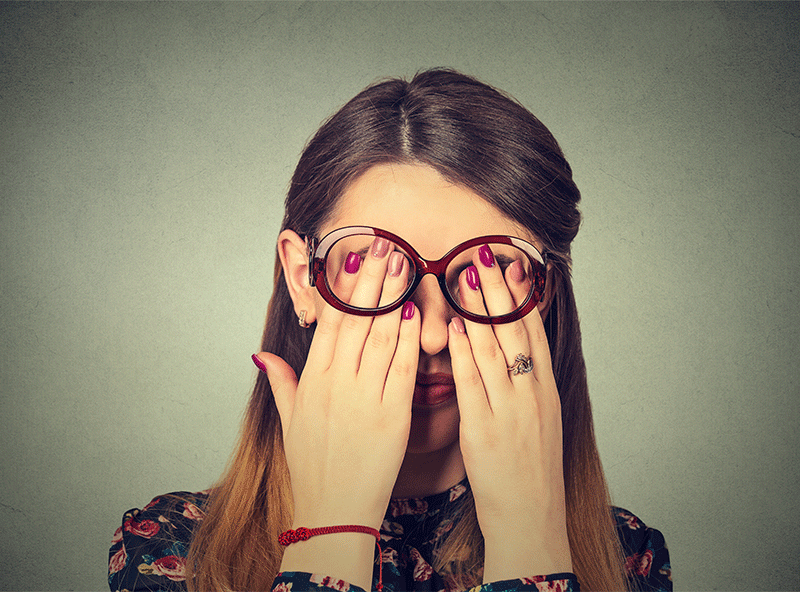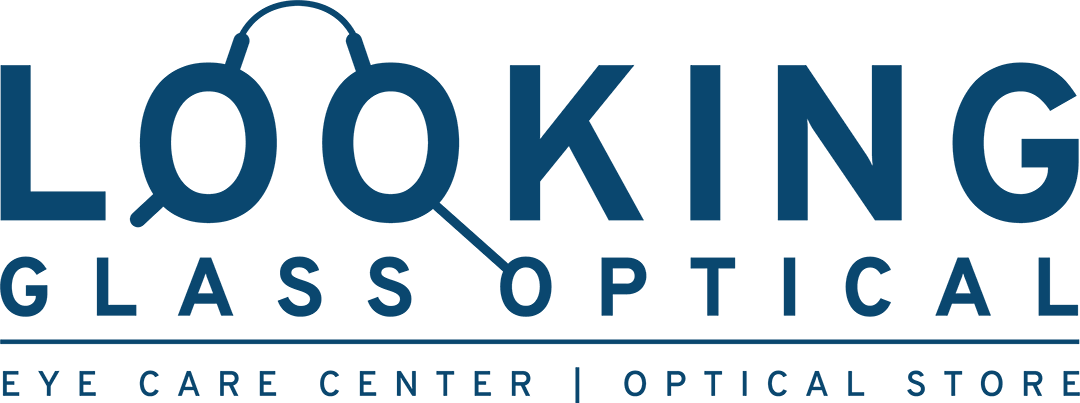Lighting and Eye Strain: Watts Matter
Have you ever stopped what you’re doing because your eyes felt tired or sore? There’s a name for this – it’s called eye strain. Eye strain happens when your eyes are focusing in lighting that’s too dark or too bright for an extended amount of time. Examples of this include trying to read in dim light, working on a computer all day, and uninterrupted screen time with a cell phone or TV. And, your chances of experiencing eye strain are increased if you have uncorrected vision problems.
How to Recognize Eye Strain

As we continue to rely on computers and technology, there’s a greater chance that you will experience eye strain at some point. According to a report by The Vision Council, 60% of Americans experience the symptoms of digital eye strain. Some of those symptoms include:
- Watery eyes
- Dry eyes
- Sore or burning feeling
- Tired eyes
- Headaches
- Eye twitching
- Red eyes
- Blurry vision
- Double vision
- Sore head, neck, and shoulders
Another common symptom that can occur is a loss of productivity at work. The continual strain on your eyes can cause you to feel tired and negatively affect your vision. For example, while reviewing a document, your eyes might miss important errors. So, to avoid these symptoms and poor job performance, it’s important to reduce eye strain as much as possible.
How to Decrease Strain
Lighting is the main reason why eye strain occurs. With that being said, you can try adjusting the brightness settings on your computer. Lower display lighting can increase your comfort and decrease strain. But, remember, while you don’t want it to be too bright, you also don’t want it to be too dark.
Other things you can do are to limit your screen time, take breaks, and look away from the screen every so often. Additionally, make sure you’re not sitting too close to your computer screen either. The American Optometric Association recommends positioning your screen about four to five inches below eye level.
Also, you may find it beneficial to get contact lenses that are optimized for close-up computer work. The lenses function well when viewing the distance between yourself and the computer screen, from you to a co-worker, and for reading documents.
But, aside from the screens, light coming in from your windows and harsh light bulbs can also cause eye strain. Even though you might miss the view, try facing your desk away from any windows. If possible, replace any fluorescent bulbs with low-intensity ones. If you have your own office space, consider bringing in a desk lamp or floor lamp to help control the lighting even more. Task lamps can also help if you experience eye strain from reading, writing, knitting, or other focused activities.
Take Care of Your Eyes
Taking care of your eyes is crucial to your overall health. And, staying hydrated and maintaining healthy sleep habits can help lessen the symptoms of eye strain. But, if you continue to experience symptoms on a regular basis, schedule an exam with your eye doctor.
The team at Looking Glass Optical can perform a thorough assessment and discuss what might be causing your discomfort. We’ll check for any underlying vision issues and update old prescriptions. Contact us today to set up a time that works for you.
